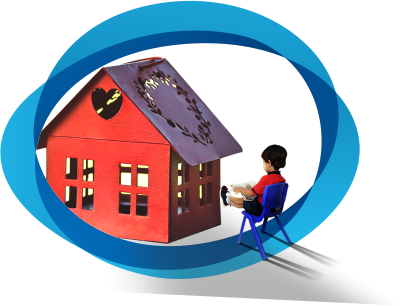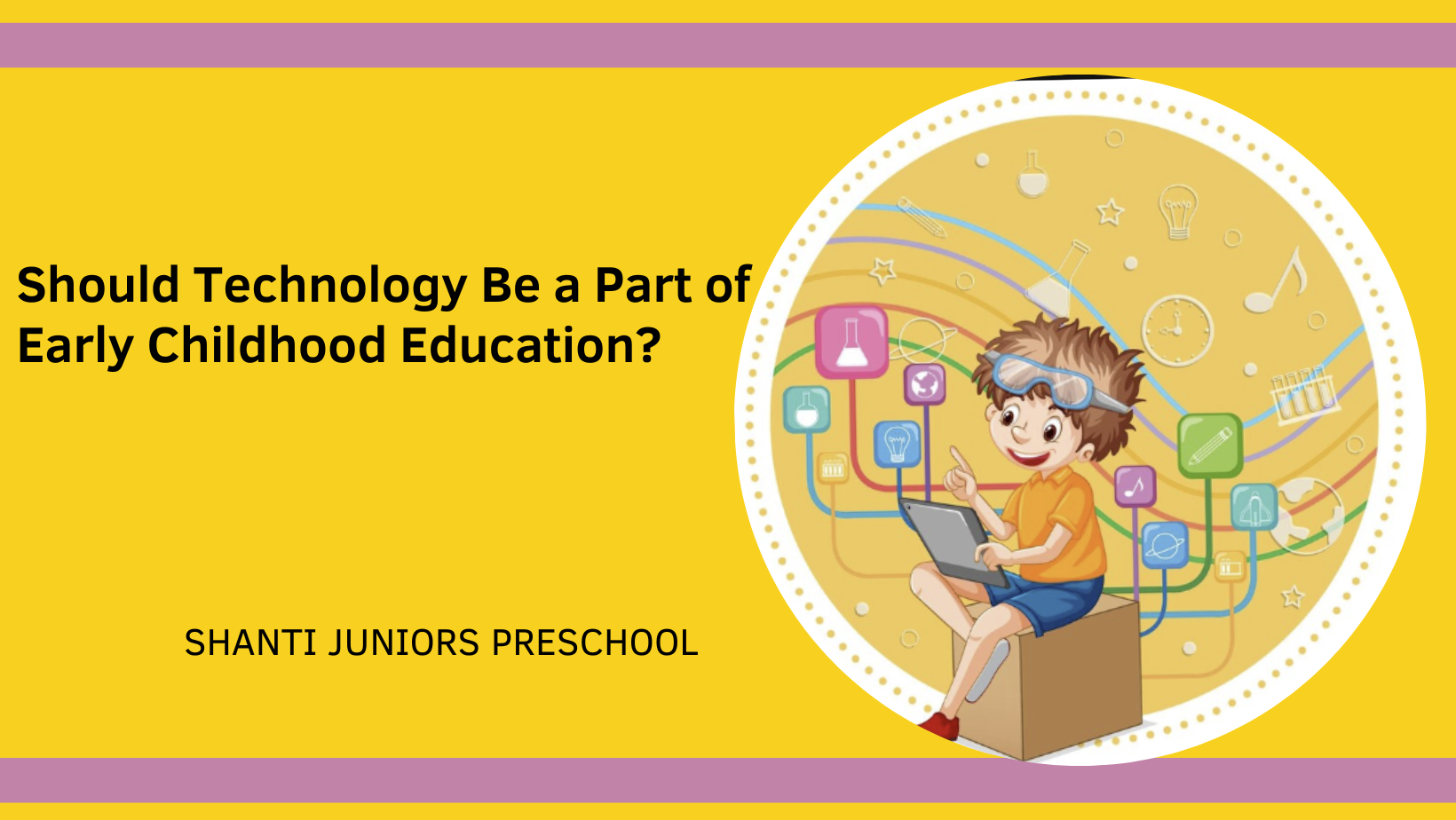

As we navigate an increasingly digital world, the question of whether technology should be a part of early childhood education is more pertinent than ever. In this article, we delve into the various aspects of this topic, examining both the potential benefits and the concerns associated with introducing technology to young learners.
The integration of technology in early childhood education has become a subject of substantial debate among educators, parents, and policymakers. As we navigate an increasingly digital world, the question of whether technology should be a part of early childhood education is more pertinent than ever. In this article, we delve into the various aspects of this topic, examining both the potential benefits and the concerns associated with introducing technology to young learners.
Technology can significantly enhance the learning experiences of young children. Interactive educational apps, digital storytelling, and educational games are designed to engage children in a manner that traditional methods may not. These tools can make learning fun and interactive, which is crucial for maintaining the attention of young minds. For instance, digital storybooks can incorporate animations and sound effects that bring stories to life, making reading a more immersive experience.
In today's digital age, digital literacy is as important as traditional literacy. Early exposure to technology can help children develop the necessary skills to navigate digital environments. This early familiarity can provide a foundation for more advanced tech skills in the future, ensuring that children are well-prepared for the demands of the modern workforce. Teaching children how to use technology responsibly and effectively from a young age can set them up for lifelong success.
Every child learns differently, and technology can support diverse learning styles. Some children are visual learners, while others may be auditory or kinesthetic learners. Educational technology can cater to these varying preferences through multimedia content that includes text, images, audio, and interactive activities. This personalized approach can help ensure that no child is left behind and that each student can learn in a way that suits them best.
Technology can also foster collaboration and communication among young learners. Tools such as interactive whiteboards and educational software that allows for group activities can encourage children to work together, share ideas, and solve problems collectively. These collaborative experiences can help children develop important social skills and learn the value of teamwork.
One of the primary concerns about incorporating technology into early childhood education is the potential impact of screen time on young children's health. Excessive screen time has been linked to various issues, including eye strain, sleep disturbances, and reduced physical activity. It's crucial for educators and parents to strike a balance, ensuring that technology is used as a tool to complement, rather than replace, traditional play and physical activities.
Also Read: Is Opening a Preschool a Profitable Business?
Not all digital content is suitable for young children. There is a risk of exposure to inappropriate material or content that is not developmentally appropriate. Careful selection of educational tools and close supervision are essential to ensure that children are engaging with content that is both safe and beneficial. This involves evaluating the educational value of apps and games and ensuring that they are designed specifically for young learners.
Another significant challenge is ensuring equitable access to technology. Not all children have the same access to digital devices and the internet, which can create a digital divide. Schools and communities must work together to provide resources and support to ensure that all children have equal opportunities to benefit from educational technology. This may include initiatives such as providing devices for low-income families or ensuring that schools have adequate technological infrastructure.
While technology can offer numerous benefits, it is important to maintain a balance with traditional teaching methods. Hands-on activities, outdoor play, and face-to-face interactions are still crucial components of early childhood education. Integrating technology should not come at the expense of these essential experiences but rather enhance and complement them. Educators should strive to create a well-rounded curriculum that incorporates both digital and traditional learning opportunities.
For technology to be effectively integrated into early childhood education, educators must be adequately trained. Professional development programs can help teachers understand how to use technology in the classroom, integrate it into their lesson plans, and evaluate its effectiveness. Ongoing training ensures that educators stay up-to-date with the latest technological advancements and educational tools.
Parents play a critical role in guiding their children's use of technology. Schools should engage with parents, providing them with the information and resources they need to support their children's digital learning at home. This collaboration can help ensure that children are using technology in a safe, productive, and balanced way. Workshops and informational sessions can be valuable tools for educating parents about the benefits and potential pitfalls of educational technology.
A balanced curriculum that includes both technology and traditional learning activities is essential. Educators should thoughtfully integrate digital tools into their lesson plans, ensuring that they enhance rather than detract from the overall learning experience. This might include using tablets for interactive reading sessions, incorporating educational software into math lessons, or using video conferencing tools for virtual field trips.
Regular monitoring and assessment are crucial to ensure that the integration of technology is meeting educational goals. Educators should evaluate the effectiveness of digital tools and make adjustments as needed. This involves gathering feedback from students, parents, and other teachers, and using this information to refine and improve the use of technology in the classroom.
Also Read: Advantages of Daycare for Children and Parents
The question of whether technology should be a part of early childhood education is multifaceted, with valid arguments on both sides. However, when used thoughtfully and strategically, technology can offer significant benefits, enhancing learning experiences, promoting digital literacy, and supporting diverse learning styles. By addressing potential concerns and following best practices, educators and parents can ensure that technology serves as a valuable tool in early childhood education.